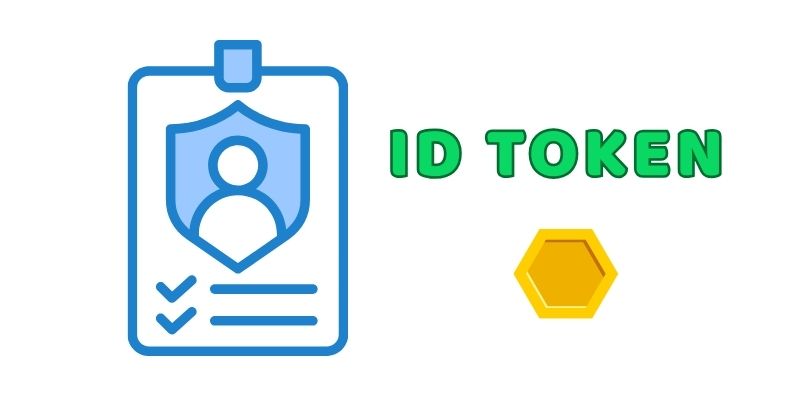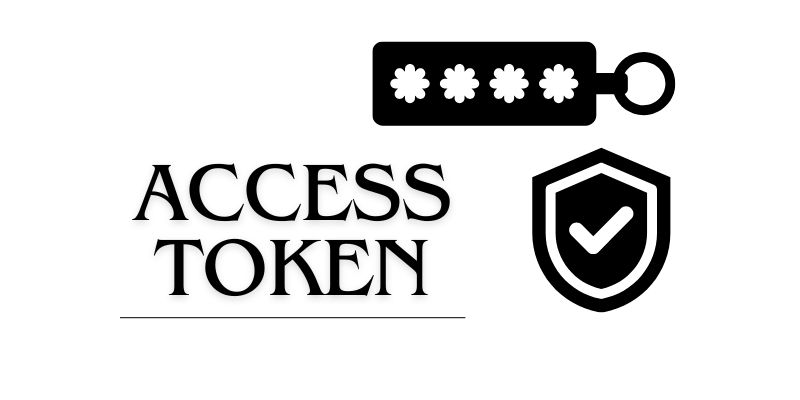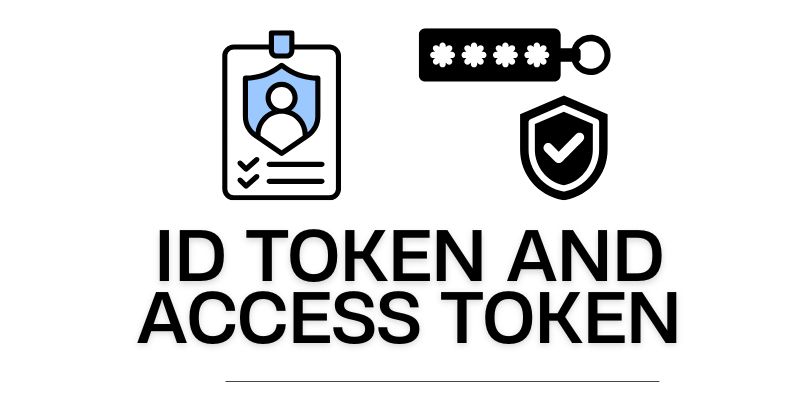ID Token and Access Token are essential elements in securing modern web applications. While the ID Token authenticates the user’s identity, the Access Token grants authorization to access protected resources. Understanding the differences between these tokens is crucial for building secure, efficient systems that protect user data and ensure smooth access control.
What is an ID Token?
An ID Token is a security credential that serves to authenticate a user’s identity. Issued by an Identity Provider (IdP) after the user successfully logs in, the ID Token carries essential information about the user and the authentication process. This token allows the client application to verify who the user is, ensuring that sensitive operations are performed by the correct person.
- Authentication: The ID Token is primarily used to authenticate the identity of a user.
- Content: It typically contains user-specific information such as the user’s name, email, and unique identifier, along with claims like the expiration time (
exp), the subject (sub), and the intended audience (aud). - Format: The ID Token is commonly issued in JWT (JSON Web Token) format, making it easily readable and verifiable by the client application.
- Use Case: Once the ID Token is issued, the client application can use it to verify the user’s identity, personalize the experience, or trigger specific user actions, all while avoiding direct interaction with user credentials.

What is an Access Token?
An Access Token serves a different purpose: it is the key that authorizes the application to access protected resources on behalf of the user. After a user grants permission, the Identity Provider issues the Access Token, which can then be used by the client to access APIs or data stored on resource servers.
- Authorization: The Access Token is used to authorize access to protected resources or APIs.
- Content: Unlike the ID Token, the Access Token does not typically carry sensitive user information. Instead, it contains authorization details such as scopes, permissions, and expiration times.
- Format: Access tokens are also often in JWT format, but the exact structure can vary based on the implementation. While they may include some information about the user or permissions, they generally focus on granting or denying access to specific resources.
- Use Case: The Access Token is sent along with API requests to resource servers to gain access to the user’s data or perform actions on their behalf. Once the server validates the Access Token, the request is processed.

ID Token and Access Token: A Comparison
Both ID Token and Access Token are integral to modern authentication systems, but they serve different purposes and carry distinct data. Below is a quick comparison of these two tokens:
| Aspect | ID Token | Access Token |
| Purpose | Authenticates the user’s identity. | Contains authorization details (scopes, permissions). |
| Content | Contains user info (name, email, etc.). | Often in JWT format, but can vary. |
| Format | Often in JWT format. | Intended for resource servers (e.g., APIs). |
| Audience | Intended for the client application. | Usually short-lived for security. |
| Duration | Generally longer-lived. | Usually short-lived for security. |
| Sensitive Data | May contain personal user data. | Focuses on authorization; rarely includes sensitive personal info. |
The Role of ID Token and Access Token in Secure Web Applications
In a typical authentication and authorization flow, both ID Token and Access Token are required to ensure the web application is both secure and user-friendly.
The process begins when the user attempts to log into a web application. Once the user authenticates successfully with the Identity Provider, the ID Token is issued. The ID Token allows the client application to verify that the user is who they claim to be, providing essential details such as user ID, email, and other personal attributes.
After the ID Token is validated, the client application can use the Access Token to request access to the user’s protected resources. The Access Token is sent to the resource server (API), which verifies the token’s authenticity and checks the user’s permissions before granting access to the requested data.
By using these tokens in conjunction, web applications can ensure that only authenticated and authorized users can access sensitive information or perform secure actions. This layered approach is crucial for protecting user privacy and ensuring that systems comply with best security practices.

Best Practices for Handling ID Token and Access Token
To maximize security when working with ID Token and Access Token, here are a few best practices that developers should follow:
- Use HTTPS: Always use HTTPS to encrypt the transmission of tokens between clients and servers. This prevents attackers from intercepting or tampering with tokens in transit.
- Short Lifespan for Access Tokens: Access Tokens should have a relatively short lifespan to minimize security risks. Use refresh tokens to obtain new access tokens when necessary.
- Validate Tokens Properly: Both the ID Token and Access Token should be validated on the server side to ensure their integrity and authenticity. This includes checking the token’s signature, expiration time, and claims.
- Token Revocation: Implement token revocation mechanisms to allow users or administrators to invalidate tokens when needed, particularly in cases of suspicious activity or user logout.
In conclusion, understanding the differences between ID Token and Access Token is fundamental for building secure and efficient web applications. The ID Token authenticates the user’s identity, while the Access Token ensures the application can access necessary resources. By using both tokens correctly, developers can protect user data and offer seamless, secure experiences for their users.
Keep your web applications secure – get the latest updates by following us!

RELATED POSTS
What is the Swell Airdrop? Detailed guide to participation
The Swell Airdrop is an...
Why is Solana Going Up – Unveiling 3 Potentials of Solana
Why is Solana Going Up?...
Who founded Bitcoin? Who is the owner of bitcoin?
Who founded Bitcoin is a...
Seer Airdrop: A chance to receive free SEER Tokens
Seer Airdrop is attracting the...
Unlocking the Future: Understanding Blockchain Interoperability Protocols
The decentralized promise of blockchain...
Bitget integrates VietQR in Vietnam: Supporting VND Deposits and cryptocurrency trading
Bitget Integrates VietQR in Vietnam:...
Your Ultimate Crypto Airdrop Eligibility Guide
The world of cryptocurrency offers...
How to Participate in the Avail Airdrop and Earn $AVAIL Tokens Breakthrough
Avail Airdrop offers a simple...
LazyOtter Airdrop – Increase Your Chances of Owning Tokens with DeFi Vaults
LazyOtter Airdrop brings a safe...
Zest Protocol airdrop – Don’t miss out on the hottest DeFi project
Zest Protocol airdrop is one...
Peer-to-Peer Learning Unlocked: Harnessing Blockchain for Collaborative Education
Blockchain's role in peer-to-peer learning:...
2024 US Election Results – Political Shock and the Future of Cryptocurrency
The 2024 US election results...
SEC to Host Second Crypto Meeting on April 25
The U.S. Securities and Exchange...
Cow DAO base L2 chain launch: Faster, cheaper and more scalable blockchain
The Cow DAO Base L2...
Hop Airdrop: A detailed guide on how to participate
Hop Airdrop is a free...
Easily Join the TENEO Airdrop with This Step-by-Step Guide
The TENEO Airdrop is a...